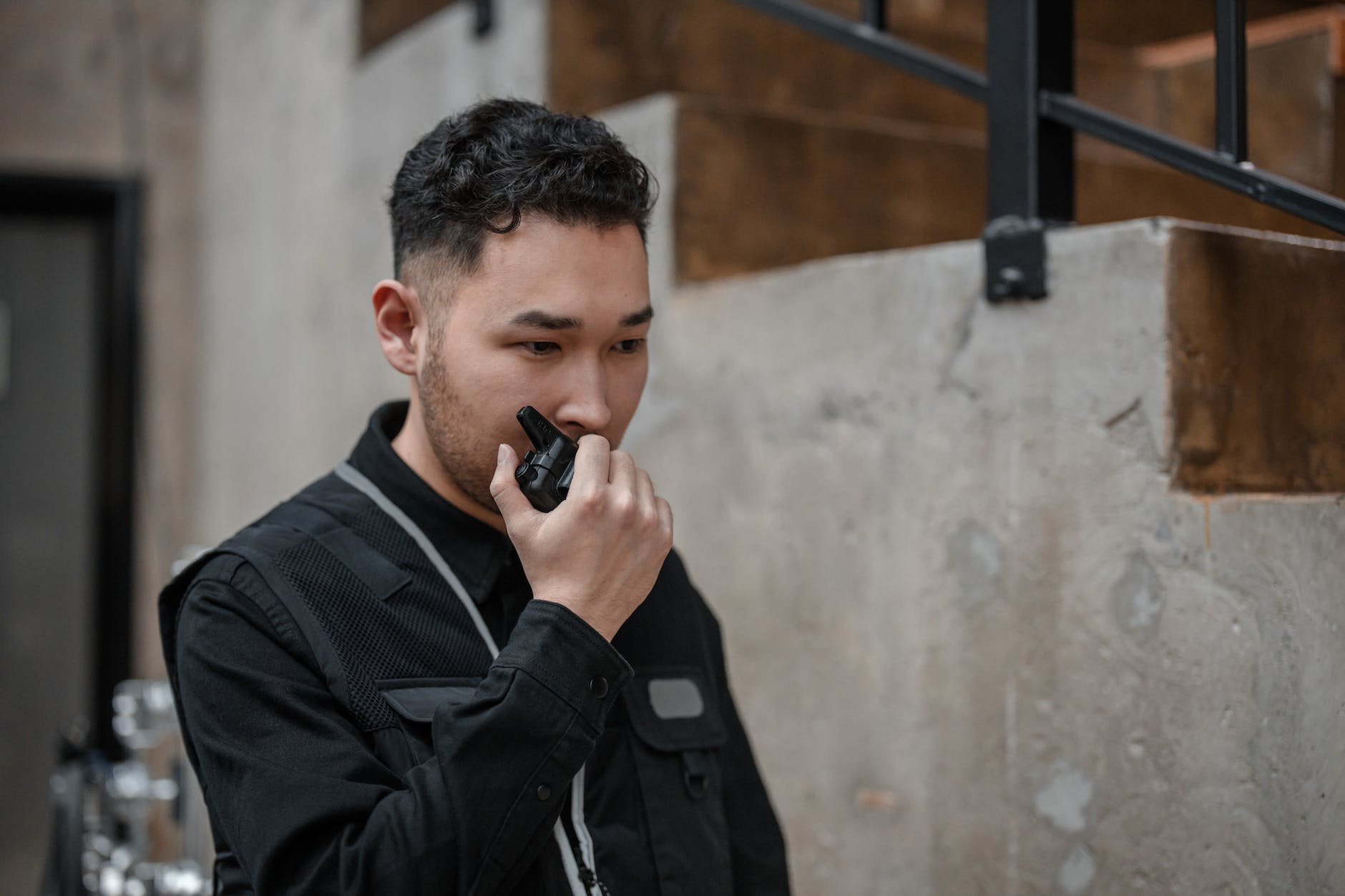
walkie-talkies
Two-way radios, commonly known as walkie-talkies, are versatile and robust communication devices used in a wide range of applications. These portable radio transceivers have been a reliable means of instant communication for decades, finding utility in various sectors, including public safety, construction, outdoor adventures, and more. In this article, we will explore the key features and applications of two-way radios that make them an essential tool for effective communication.
Understanding Two-Way Radios:
At its core, a two-way radio is a simple yet powerful device designed for transmitting and receiving audio messages. It operates on the principle of radio waves and is often used in scenarios where real-time, point-to-point or group communication is required. Unlike mobile phones, two-way radios do not rely on cellular networks, making them ideal for remote areas or locations with poor network coverage.
Key Features of Two-Way Radios:
Instant Communication: One of the most significant advantages of two-way radios is their instant communication capability. With a push of a button, users can transmit messages to one another without the need for dialing numbers or waiting for calls to connect.
Durability: Two-way radios are built to withstand tough environments. They are often designed to be rugged, water-resistant, and resistant to dust and extreme temperatures, making them suitable for use in construction sites, outdoor adventures, and public safety scenarios.
Range: The range of two-way radios can vary significantly depending on the model and frequency. Some models offer a range of just a few miles, while others can cover several miles, making them suitable for both short-range and long-range communication.
Privacy and Security: Many two-way radios offer encryption and secure channels, ensuring that sensitive information remains protected and private. This is crucial in industries where confidentiality is paramount.
Battery Life: Modern two-way radios come equipped with long-lasting batteries, often capable of lasting an entire workday or more on a single charge. This ensures constant communication throughout extended shifts.
Applications of Two-Way Radios:
Two-way radios have found applications in various fields, including:
Public Safety: Police, fire departments, and emergency medical services use two-way radios to coordinate responses during emergencies. They enable first responders to communicate quickly and efficiently.
Construction and Manufacturing: In industrial settings, two-way radios are indispensable for communication between workers on a job site. They help in coordinating tasks, addressing safety concerns, and ensuring efficient workflow.
Outdoor Adventures: Outdoor enthusiasts, such as hikers, campers, and boaters, rely on two-way radios to stay connected in remote areas where cellular signals are weak or nonexistent.
Retail and Hospitality: Retail businesses and hotels use two-way radios for internal communication among staff members, enhancing customer service and operational efficiency.
Recreational Use: Two-way radios are often used for recreational purposes like hunting, fishing, and other outdoor activities, allowing groups to stay connected while exploring nature.
In conclusion, two-way radios offer a reliable, instant, and durable communication solution suitable for a wide range of applications. Their simple operation, long battery life, and the ability to function in areas with limited network coverage make them an essential tool in industries where effective communication is vital. Whether in the hands of a first responder, a construction worker, or an outdoor enthusiast, two-way radios continue to play a significant role in keeping individuals connected and safe in various environments. Contact https://www.iptt.co.uk/ for more information.






